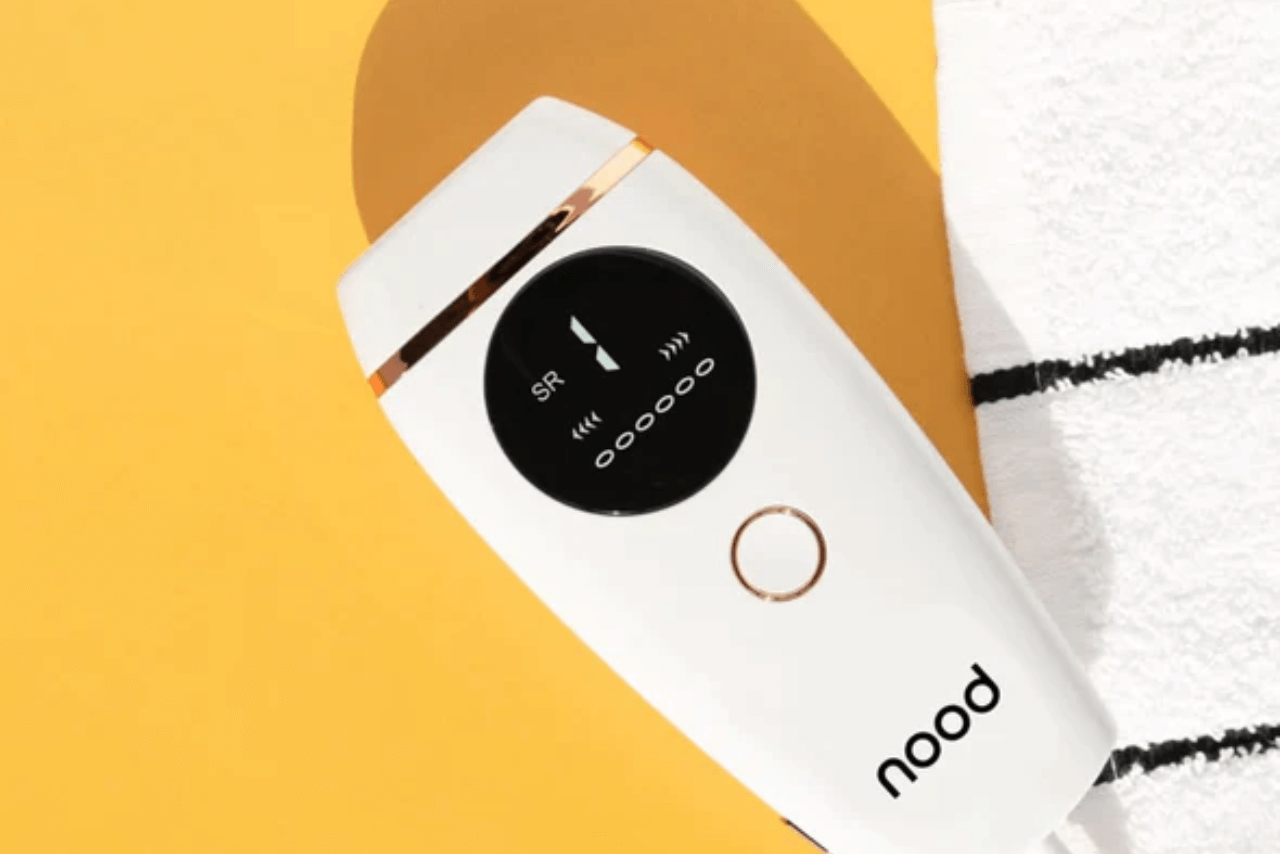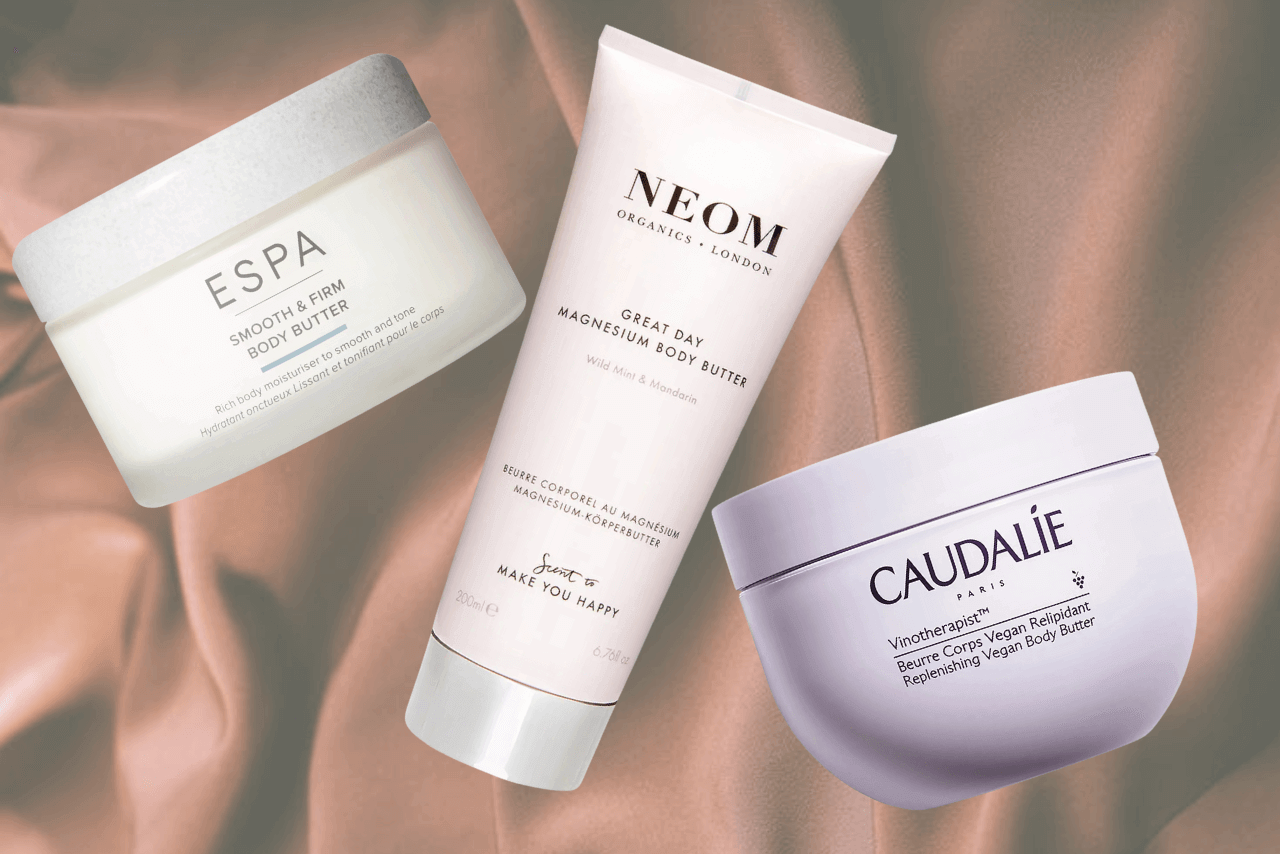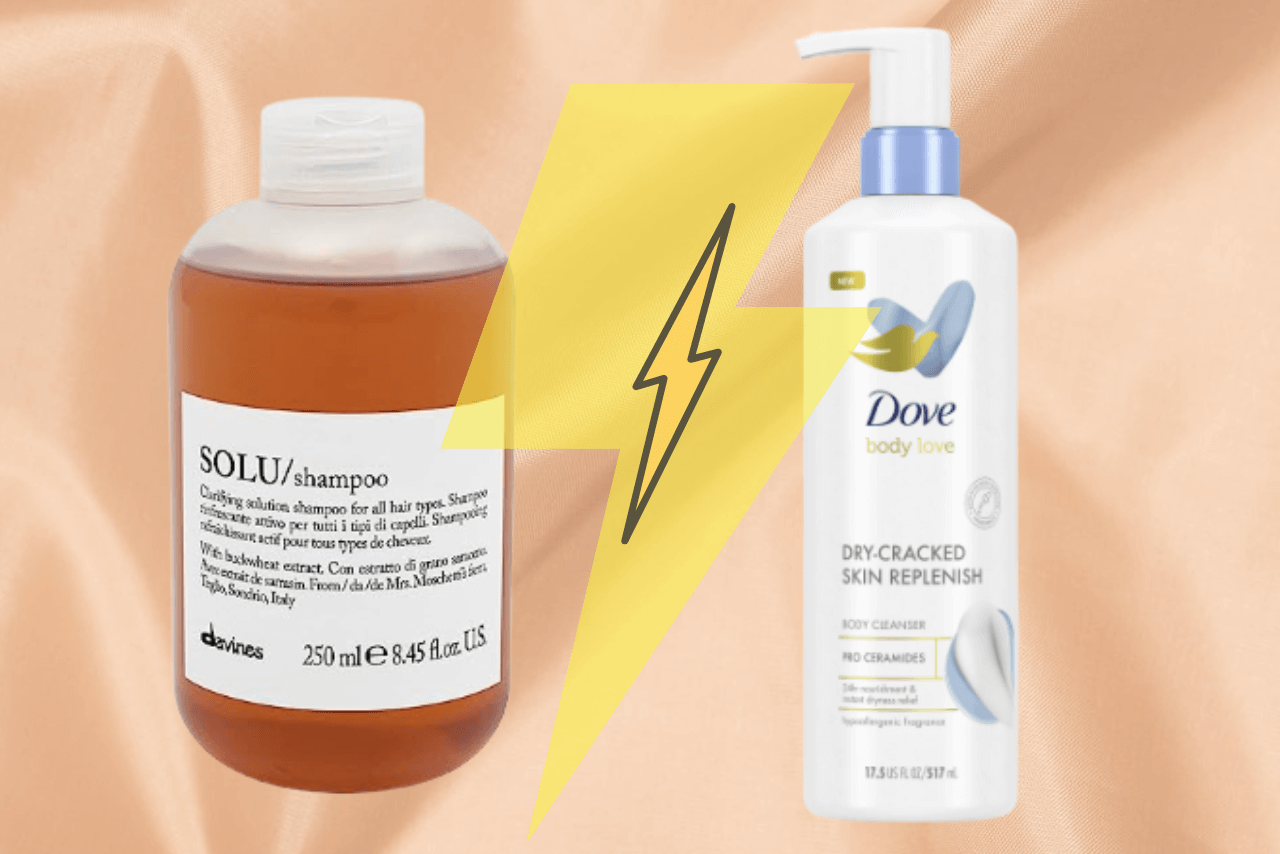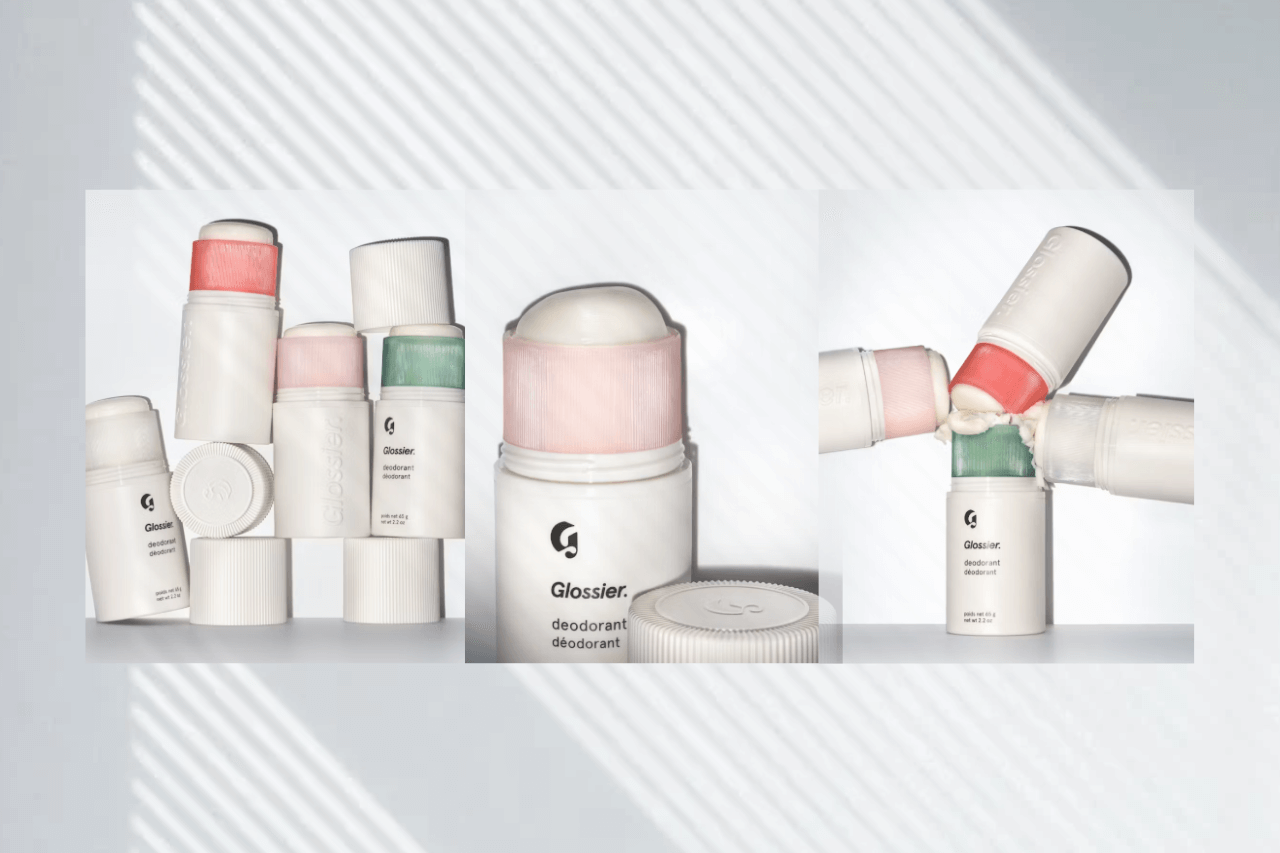Sick of searching “how to get rid of bacne”? Yeah, same. Back acne is super common, and yes, it sucks. But there are ways to deal with it that don’t involve a million steps. Let’s get your back skin clear and you ready for those backless outfits that you've been avoiding to wear.
What causes acne on the back?
Back acne shows up for all kinds of reasons, and it’s usually not just one thing. Here’s what might be going on:
- Sweat: Sweat can clog up your back pores—especially if it sits there after a workout or sports practice.
- Friction: Tight clothes, backpacks, or anything that rubs against sweaty skin can make bacne worse by trapping heat, friction, and bacteria.
- Genetics: If acne runs in your family, there’s a good chance you’ll deal with it too.
- Hormones: Big hormonal shifts—like puberty, periods, or pregnancy—can trigger breakouts.
- Stress: When you're stressed, your body produces more oil, which can lead to more breakouts.
Basically, bacne has a lot of triggers, but once you know what’s causing it, it’s way easier to get clear back skin.
Different Types of Bacne
Back acne can be a pain to treat, and knowing what you’re dealing with makes a big difference. Here’s a quick breakdown of the usual suspects:
- Whiteheads: These form when a clogged pore stays sealed under the skin, showing up as small white bumps.
- Blackheads: Same idea, but the pore stays open. The black color isn’t dirt—it’s just oil reacting with air.
- Papules: Small pink bumps without pus that can feel tender—these are caused by clogged pores becoming inflamed.
- Pustules: AKA pimples. These are red with a white or yellow top—basically a papule that’s filled with pus.
- Nodules: These go deeper under the skin and can really hurt. They're hard bumps caused by bacteria getting trapped and causing inflammation.
- Cysts: The big ones. Deep, painful, pus-filled lumps that can lead to scarring if you mess with them.
Knowing which kind you have can help you figure out what your skin actually needs—no guesswork required.
Can you get clear out bacne in a day? How about a week?
Wondering how to get rid of bacne overnight? Hate to say it, but that’s probably not happening. Back acne takes time—just like face breakouts, there’s no magic fix.
That said, with the proper steps (and no picking!), you can see a difference in about a week. The key? A consistent routine. Keep the area clean, use products that target acne, and don’t forget to moisturize. It’s all about being patient and following the correct prevention and treatment options.
6 Steps For Preventing Back Acne
You can’t always prevent bacne—hormones and genetics are big players, and they’re out of your hands. But there are a few things you can do to lower your chances of breakouts:
1. Check Your Meds
Some medications, like lithium or testosterone, can trigger acne. If you’re on something that might be causing flare-ups, talk to your doctor—there might be other options.
2. Skip Oil-Based Products
Oil-heavy lotions and makeup can clog pores. Stick with stuff labeled noncomedogenic—that just means it’s less likely to cause breakouts.
3. Reduce Pressure and Friction
Backpacks, tight gear, or anything that rubs and traps sweat can make things worse. Go for lightweight bags, and if you’re wearing sports gear, add a clean cotton tee underneath to cut down on friction.
4. Wear Loose Clothing
Tight clothes + sweat = a recipe for breakouts. Looser, breathable fabrics (like cotton) are way better, especially during workouts.
5. Keep Hair Off Your Back
Hair holds onto oil and leftover products, which can transfer to your skin and trigger breakouts.Try washing your hair regularly and avoid heavy hair products if they end up on your back.
6. Don’t Pick or Pop
Tempting, yes. Helpful? Not really. Picking spreads bacteria, drives breakouts deeper, and can leave scars—especially with deeper acne like nodules or cysts. Hands off is the best policy here.
The goal isn’t perfection—just giving your skin a better chance to breathe and heal.
6 Science-Backed Tips for Treating Back Acne
What actually works for treating back acne? Follow these back acne tips.
1. Use an Over-the-Counter Treatment
OTC acne products can be effective for treating mild to moderate bacne. Experts usually suggest:
- Benzoyl peroxide: A daily foaming wash with 2.5% to 10% benzoyl peroxide, like PanOxyl Acne Foaming Wash, targets acne-causing bacteria. It may cause dryness, irritation, or peeling, so pair it with a good moisturizer.
- Retinoid (adapalene 0.1% gel): This gel helps unclog pores and works well alongside benzoyl peroxide. Apply once daily after showering or before bed for bacne treatment.
- Salicylic acid: It helps with blackheads and whiteheads by clearing pores, exfoliating, and reducing inflammation. Apply a thin layer in the morning. Options include Glytone Chest & Back Acne Spray, CeraVe Acne Control Cleanser, and Humane Clarifying Toner Pads.
- Azelaic acid: A natural ingredient that helps with breakouts and may also fade post-acne dark spots. It targets multiple types of acne.
- Oil-free moisturizer: Moisturizer is still important. Choose one labeled “oil-free,” “noncomedogenic,” or “won’t clog pores” to avoid triggering more breakouts.
2. Keep Your Skin Clean
Stick to gentle, noncomedogenic or oil-free body washes to help avoid clogged pores. Skip the harsh scrubs, antibacterial soaps, and astringents—they can irritate your skin and make things worse. Dr. Harth recommends being kind to your skin and avoiding anything too abrasive like loofahs or rough exfoliators.
3. Shower After Sweating
Sweat and heat create the perfect storm for bacteria. Dr. Harth suggests showering right after a workout. If you’re in a pinch, use an oil-free wipe to clean off sweat and throw on clean clothes as soon as you can.
4. Limit Sun Exposure
The sun can darken acne spots and leave scars, so daily sunscreen is a must. Go for one that says “noncomedogenic” or “won’t clog pores.” It’ll help prevent breakouts while also protecting your skin from UV damage.
5. Change Your Sheets Regularly
If you’re a back sleeper, try washing your sheets once or twice a week. Dirty bedding can collect oil, dead skin, and bacteria—all things that can contribute to breakouts. Clean sheets = clearer skin.
6. See a Board-Certified Dermatologist
If your acne doesn’t improve with self-care, it’s time to consult a dermatologist. A professional can assess your skin, rule out other conditions, and prescribe treatments like topical creams, antibiotics, oral meds, or even laser therapy or steroid injections for more severe cases.
The Takeaway
Bacne can show up for all kinds of reasons—sweat, friction, hormones, or just plain genetics. While you can’t control everything, small changes like using noncomedogenic products, keeping your skin clean, showering after workouts, and wearing breathable clothes can make a real difference. Over-the-counter treatments and clean habits go a long way, and if things aren’t improving, a dermatologist can help with stronger options.
Just remember: bacne is totally treatable. Stick to a simple bacne routine, be patient with your skin, and give it the care it deserves. You've got this.
RELATED: How I Simplified My Bodycare Routine and Saw Game-Changing Results
.png)







